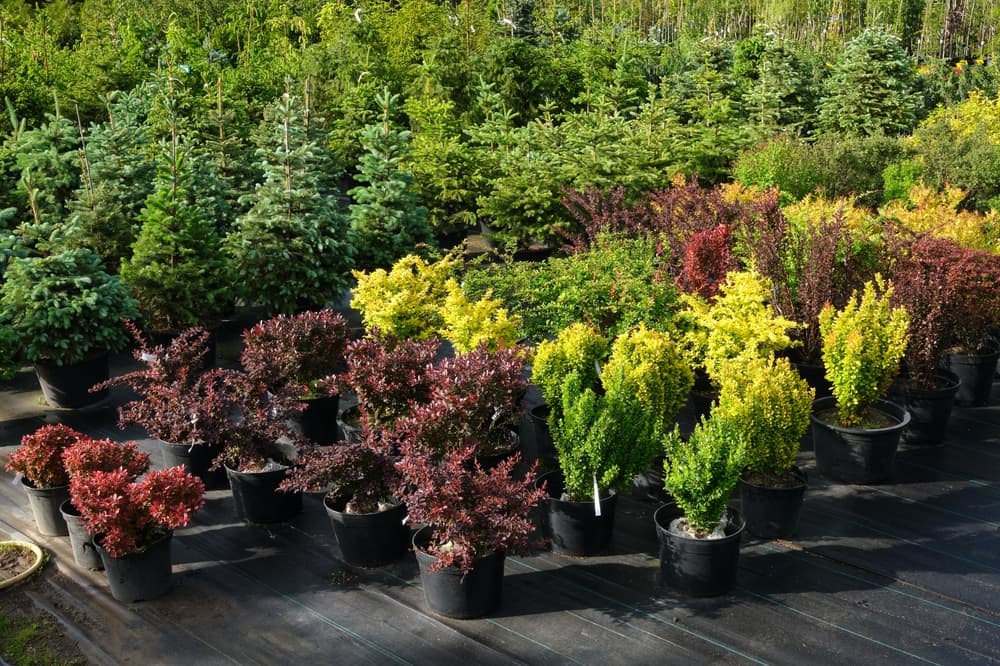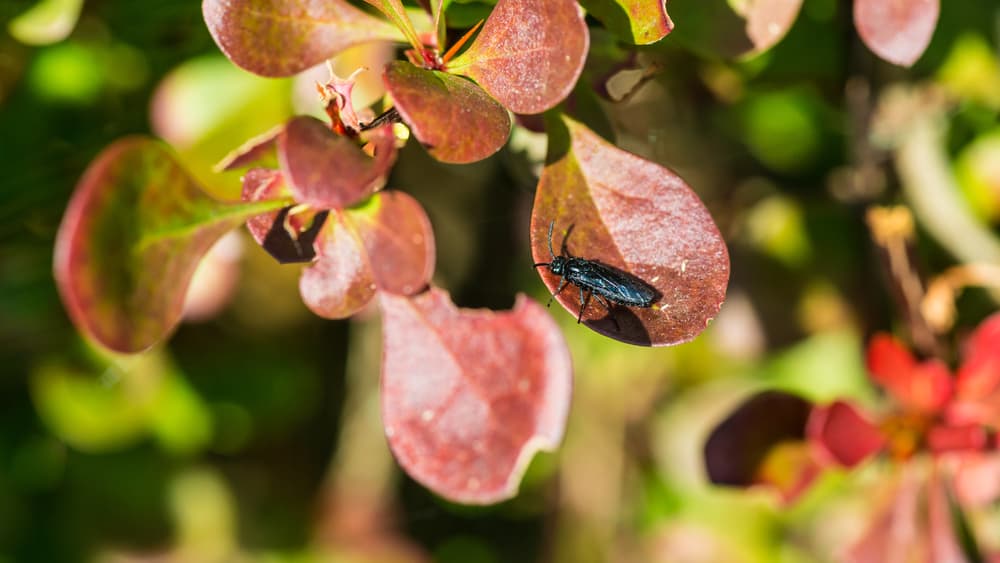SHRUBS > BERBERIS

Elizabeth is a Permaculture Garden Designer, Sustainability Consultant and Professional Writer, working as an advocate for positive change. She graduated from the University of St. Andrews with an MA in English and Philosophy and obtained a Diploma in Applied Permaculture Design from the Permaculture Association.
Reviewed By DAN ORI

Dan has over 27 years’ under his belt caring for plants and gardens. Working as a Horticultural Instructor and Consultant, he draws on a diverse range of experience that includes working as a Head Gardener, Tree Surgeon, Garden Centre Trouble Shooter, and writer of academic papers. Dan has a Level 3 Diploma in Horticulture and is currently a candidate for the RHS’s most prestigious award – The Master of Horticulture.
IN THIS GUIDE
BERBERIS GUIDES
There are a number of different types of Berberis that make excellent choices for UK gardens.
Though they might not be the showiest of plants, these evergreen shrubs are extremely useful, both in the garden and potentially also for their yields in a productive system – and they can often be truly beautiful at certain times of the year.
Overview
| Botanical Name | Berberis |
| Common Name(s) | Barberry |
| Plant Type | Shrub |
| Native Area | Dependent On Variety |
| Hardiness Rating | Mostly H5 |
| Foliage | Evergreen |
| Flowers | Small yellow or orange flowers followed by dark berries |
| When To Sow | February, March, April, September, October, November |
| Flowering Months | April, May, June, July |
Sunlight
Preferred Sunlight
Full Sun / Dappled or Light Shade
Exposure
Exposed or Sheltered
Size
Height
1.8M
Spread
1 – 2.5M
Bloom Time
April – June
Soil
Preferred Soil Type
Most Soil Types
Moisture
Moist but well drained
pH
Any
Berberis is the name given to a large genus of mostly evergreen shrubs that are found throughout many of the world’s temperate and sub-tropical regions.1Berberis. (n.d.). Kew Royal Botanic Gardens. Retrieved March 13, 2023, from https://powo.science.kew.org/taxon/urn:lsid:ipni.org:names:328526-2
These plants are also commonly known as ‘barberry’.
There are a number of different species within this genus, cultivars of several of which are common garden plants in the UK and in other similar climate zones.

Amongst those cultivars commonly grown as garden shrubs, there is a wide variety.
There are taller growing species and shorter growing species, some spiny, some with ornamental leaves, flowers and berries.
Why Grow Berberis?

Berberis can be very useful shrubs for a range of reasons. They can be:
- Excellent hedgerow plants, creating thick and often spiny barriers, they can be used in wind-break plantings or as barriers for people or certain animals/ livestock.
- Suitable choices for planting in dappled or partial shade in a border or forest garden.
- Good for sites which experience maritime exposure.
- Suitable for planting in a range of different soil types including heavy clays, alkaline, neutral or acidic soils, and nutritionally poor soils as long as they are relatively moist.
- Great for wildlife-friendly planting schemes and for attracting native wildlife to the garden. The plants attract and feed bees and other pollinators when in flower. Birds like the berries – and a number of species will benefit from the shelter and habitats these shrubs can provide.
- Useful for providing humans with an edible yield. The barberries from a number of different Berberis can be eaten raw, dried or cooked and used in a range of preserves.
- Used to derive a yellow dye. (This is obtained from the roots and bark.)
- Attractive plants which provide visual interest through a large part of the year.
Where To Grow Berberis
All Berberis are, as mentioned above, relatively unfussy about where they are grown.
However, for best results, they should usually be grown in moist yet relatively free-draining soil.
You can use them to create a hedgerow, either a formal clipped hedge or a wilder and more natural hedge with mixed species.

The latter is recommended for wildlife-friendly and eco-friendly garden design.
You can also place Berberis at the back of a bed or border with any aspect, or even grow smaller and more compact Berberis shrubs in containers.
Planting
Most people will choose to purchase a Berberis shrub to place in their gardens.
However, you can also propagate existing plants (perhaps in a friend or neighbour’s garden) by taking semi-ripe cuttings in the late summer or autumn.
Cuttings should be taken in the usual way and planted out in their final growing positions once the root systems have begun to form.

When planting out Berberis shrubs, make sure you dig a generous hole large enough to accommodate the root system.
Add some home-made compost, leaf mould or other organic material into the planting hole to boost fertility.
In areas where you feel a healthy fungal soil population may be lacking, it could also be a good idea to consider adding mycorrhizal fungi at this stage.
Fill back in the hole, water generously, and mulch well around the shrub with organic matter.
Berberis Plant Care
Berberis are a great low-maintenance plant and usually require little care.
They do not usually encounter many problems and once established, should not need regular watering unless the conditions are particularly dry.
Berberis Sawfly

One problem that can potentially arise is Berberis sawfly.
Keep your eyes peeled for the small caterpillars and handpick these off the plants.
Organic sprays are available, but are typically only effective at early larval stage.
So picking off these by hand and staying alert is usually the best approach.
Keep checking plants between April and October to stay on top of things.
Act quickly if you see a few, as a bad infestation can decimate a hedge and leave it completely defoliated.
Cutting Back
The only other care that Berberis will typically require is pruning.
In wilder gardens, you can largely leave these low-maintenance shrubs to their own devices.
You can simply prune them once a year as desired to maintain their shape.
If, however, you have a more formal garden and want a neat hedgerow, you will likely need to trim your Berberis twice a year.
Remember that if you prune after flowering, the shrubs will not be able to produce their berries, so if you want to keep the fruit for yourself or for garden wildlife, give Berberis a trim only in the winter months.
Berberis is a very rewarding plant to grow.
Whether you grow it for environmental protection for other garden plants, for aesthetic evergreen appeal in shrubberies or garden borders, or as part of a perennial food-producing system, it can offer great value to a gardener.
So why not consider adding some Berberis to your garden?
References
- 1Berberis. (n.d.). Kew Royal Botanic Gardens. Retrieved March 13, 2023, from https://powo.science.kew.org/taxon/urn:lsid:ipni.org:names:328526-2

